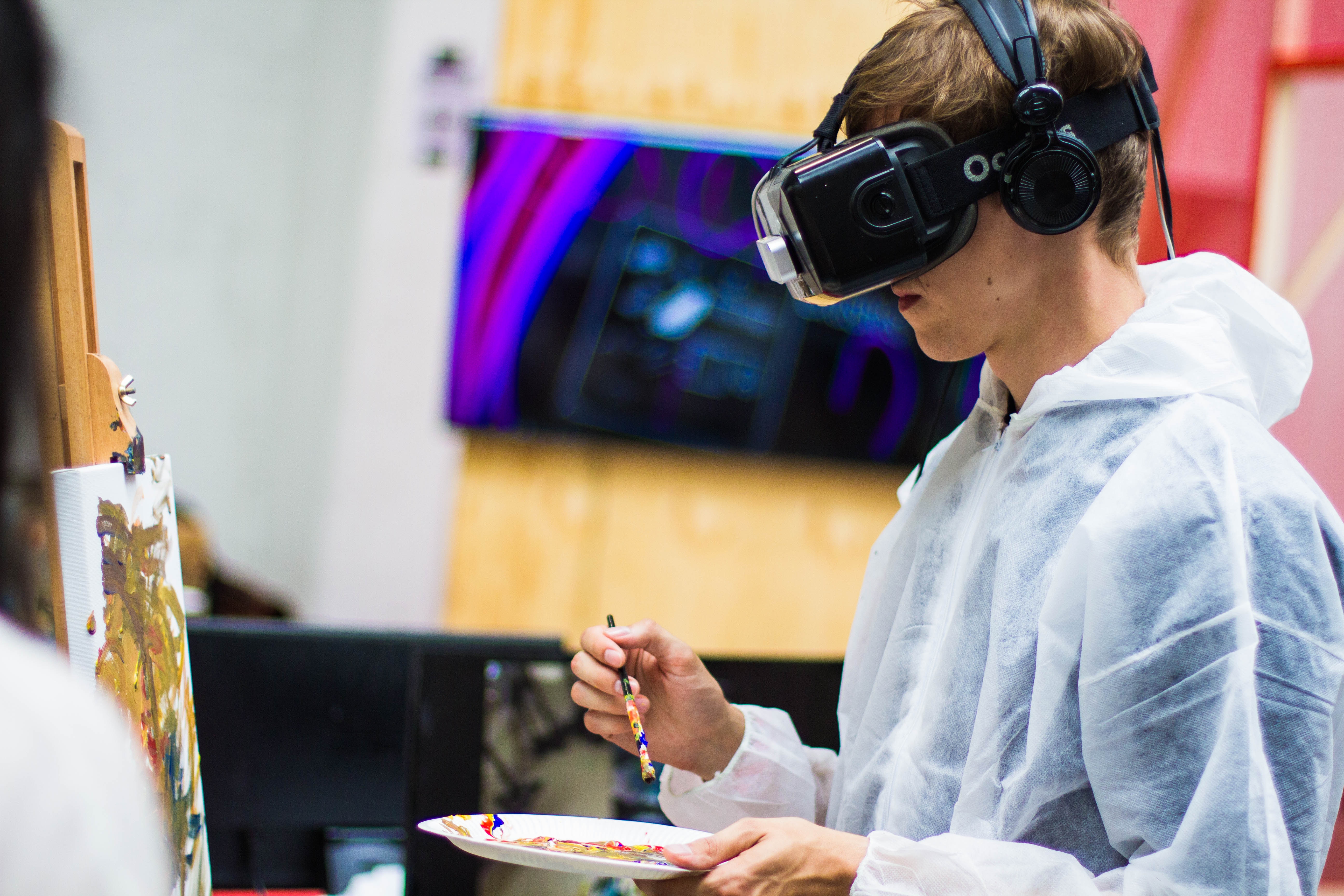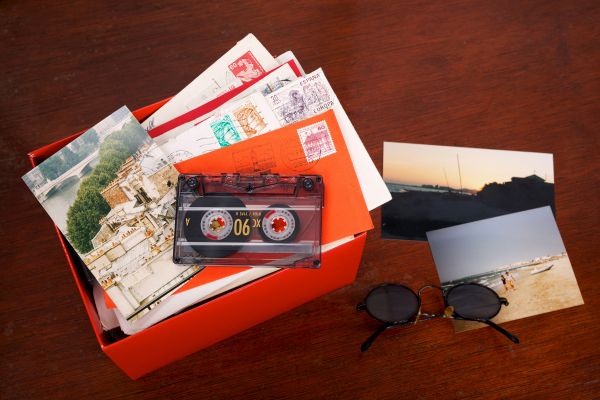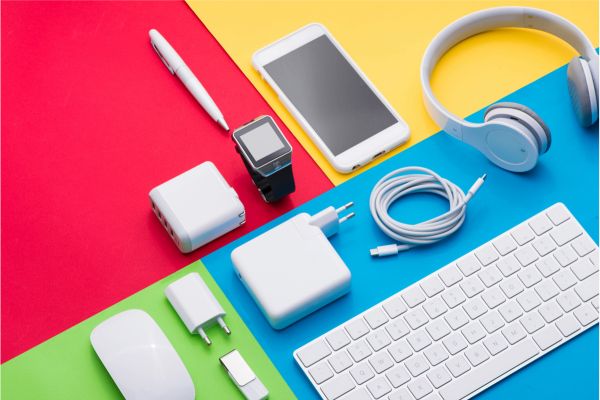Insights
INSIGHTS
All Topics
My Account
Five ways charities are using virtual reality
01 Mar 2018by Chloe Green
VR and immersive video are opening up a new frontier in storytelling and education for non-profit organisations
Virtual reality (VR) has been a hyped technology since the 1980s, but it’s only really in the last few years that it has been brought down to earth to become an accessible and affordable tool. Now, VR 2.0 is infiltrating the real world.
Alongside fully VR headsets, head mounted displays like Google Cardboard are now available for a very low cost, so that anyone can easily plug a phone in and play a virtual reality video, game or app. But even without the use of headsets, more and more people are experimenting with 360 content to stretch the limits of traditional filmmaking, as the cameras become cheaper and more widely available.
Now virtual reality and 360 or ‘spherical’ video are fast becoming popular tools in the charity sector, as they explore it as a medium for immersive storytelling experiences. Done right, these can be powerful, memorable ways to personalise an issue and help bring a charity’s work closer to home. However, they need to be careful to keep their VR experiences tasteful and appropriate, as some charities have already learnt.
We’ve outlined a few imaginative ways that charities are using VR and immersive video experiences.
1. Raising awareness
Over the last few years, there have been many stories in the news of charities using VR to overcome what has traditionally been their most pressing challenge – helping people understand and more closely empathise with their cause.
Alzheimer’s Research UK: A walk through dementia
Alzheimer’s Research UK designed this VR app to help deepen people’s understanding of the complexities of dementia, targeting the common misconception that it only affects older people and that the only symptom is memory loss.
Working with virtual reality specialists VISYON, the charity created the free app to let people experience life through the eyes of a person with dementia. It was built with guidance from real people with different forms of the disease, and explores the emotional and psychological challenges they face as they try to navigate everyday environments.
The National Autistic Society- Too Much Information
In a similar vein, the National Autistic Society created this VR experience to let shoppers at the intu Shopping Centre in Bromley experience a shopping centre visit from the perspective of an autistic child. Created to help the public increase their understanding of autism, the app replicates the dizzying experience of sensory overload often experienced by people on the autism spectrum when coping in a stressful and crowded place such as a shopping centre.
Animal Equality: iAnimal
From the human experience, to that of another species - in an effort to shed light on a rarely seen world, animal protection group Animal Equality used virtual reality technology to give people an up-close look into the lifecycle of cruelly treated factory farmed animals, from birth to death. The immersive series lends viewers a shocking insight into the realities of animal suffering by transporting people inside chicken factory farms, dairy farms and slaughterhouses. The charity’s aim is to help the public make informed choices about their food.
2. Fundraising
In a crowded third sector with so many voices competing for attention, a few charities are cutting through the noise by experimenting with emerging mediums such as VR.
Amnesty International: Aleppo bombing
For the first time, a charity brought VR to its fundraisers on the streets when Amnesty International equipped its fundraisers with virtual reality headsets costing less than £15 each. Although not VR in the truest sense, the headsets contained photographs showing the devastated streets of Aleppo, bringing the immediacy of the situation in Syria to people on the streets of London and Manchester. The programme was extended to Manchester after seeing a 16% increase in direct debit sign-ups.
Dog’s Trust: Sponsor a Dog
The UK canine charity introduced VR as a way to cut through the noise and grab the attention of people at the Ideal Home Show in London, as it tried to get people to sign up to sponsor a dog. The 360 film gave people the chance to experience the state-of-the-art facilities that dogs get access to in Dogs Trust rehoming centres; a powerful way to demonstrate the impact donors can have on the thousands of homeless and abandoned dogs in the Trust’s care.
charity: water: The Source
This successful use of VR in fundraising saw charity: water take 400 people on a trip to East Africa at an annual black tie fundraising banquet at the Metropolitan Museum of Art. After dinner, VR headsets were handed out allowing attendees to view a virtual reality film documenting the life of a 13 year old girl whose family were receiving access to clean water for the first time. The film moved donors to committing over $2.4 million on the night, and it has continued to see millions of views on Facebook and YouTube.
3. Helping support beneficiaries
As well as giving supporters and potential new donors a unique insight a charity’s impact, some charities are using VR in imaginative ways to help new beneficiaries familiarise themselves with their services and enhance their experience.
Royal Trinity Hospice: Virtual hospice tour
Being referred to a hospice can be a daunting experience, so England’s oldest hospice put together a virtual hospice tour to give patients and family a comforting introduction to the facilities, grounds and staff.
It’s not the Hospice’s first foray into VR- they have also explored its benefits for palliative care, giving patients the opportunity to live out ‘bucket list’ experiences like a safari or a trip to Disneyland, towards the end of life.
Research has found that virtual reality can help reduce anxiety, stress and pain for people living with a variety of conditions, and has been shown to help with symptom control. The use of VR in hospices is taking off.
In 2017, Children’s hospice charity Lifelites was awarded nearly £70,000 by GamesAid, the charity of the UK games industry, to bring VR experiences to children in hospice care across Britain.
4. As a learning tool
Like any new piece of IT, VR is emerging as a useful tool for education. It is being used in many contexts from classrooms to medical labs , and now information and advice charities are starting to get on board.
The Resuscitation Council (UK): Lifesaver VR
This interactive VR app from the Resuscitation Council is designed to lead people through the steps to follow when someone has a cardiac arrest. It is an engaging and immersive way to teach effective CRP skills and give people the confidence to use them in an emergency situation. It was nominated for a 2017 BAFTA award in the learning category.
RNLI: Beach Builder Challenge
Its not quite virtual reality, but the Royal National Lifeboat Institution (RNLI) used the virtual world of Minecraft to teach children about water safety during the summer holidays.
The Beach Builder challenge encouraged young beach goers to create and build their own virtual beach while learning about the steps to take to keep safe and how to act in an emergency.
Feedback from the game found that 97% of participants, after playing the game, knew to go to a lifeguarded beach, and there was a 20% increase in the number of children who knew to dial 999 and ask for the coastguard if they saw someone in trouble at the beach.
5 .Thanking supporters
Last but not least, this charity used VR as a means of celebrating its most valued supporters and encouraging legacy donations.
Cancer Research UK: The Life Garden
In a unique use of VR, Cancer Research UK designed a virtual reality garden at the RHS Hampton Court Palace Flower Show to celebrate and thank over 100,000 people who left a gift in their will to the charity. The result – a seemingly endless field of flowers - was a beautiful and moving tribute to its supporters and a way to celebrate the progress Cancer Research UK has made thanks to their gift.
More on this topic
14 Mar 2025by Kellie Smith
How charities can encourage payroll giving
Recommended Products
12 Mar 2025by Kalli Daffin
A guide to buying refurbished computers for your charitySponsored Article
Our Events
Charity Digital Academy
Our courses aim, in just three hours, to enhance soft skills and hard skills, boost your knowledge of finance and artificial intelligence, and supercharge your digital capabilities. Check out some of the incredible options by clicking here.
















